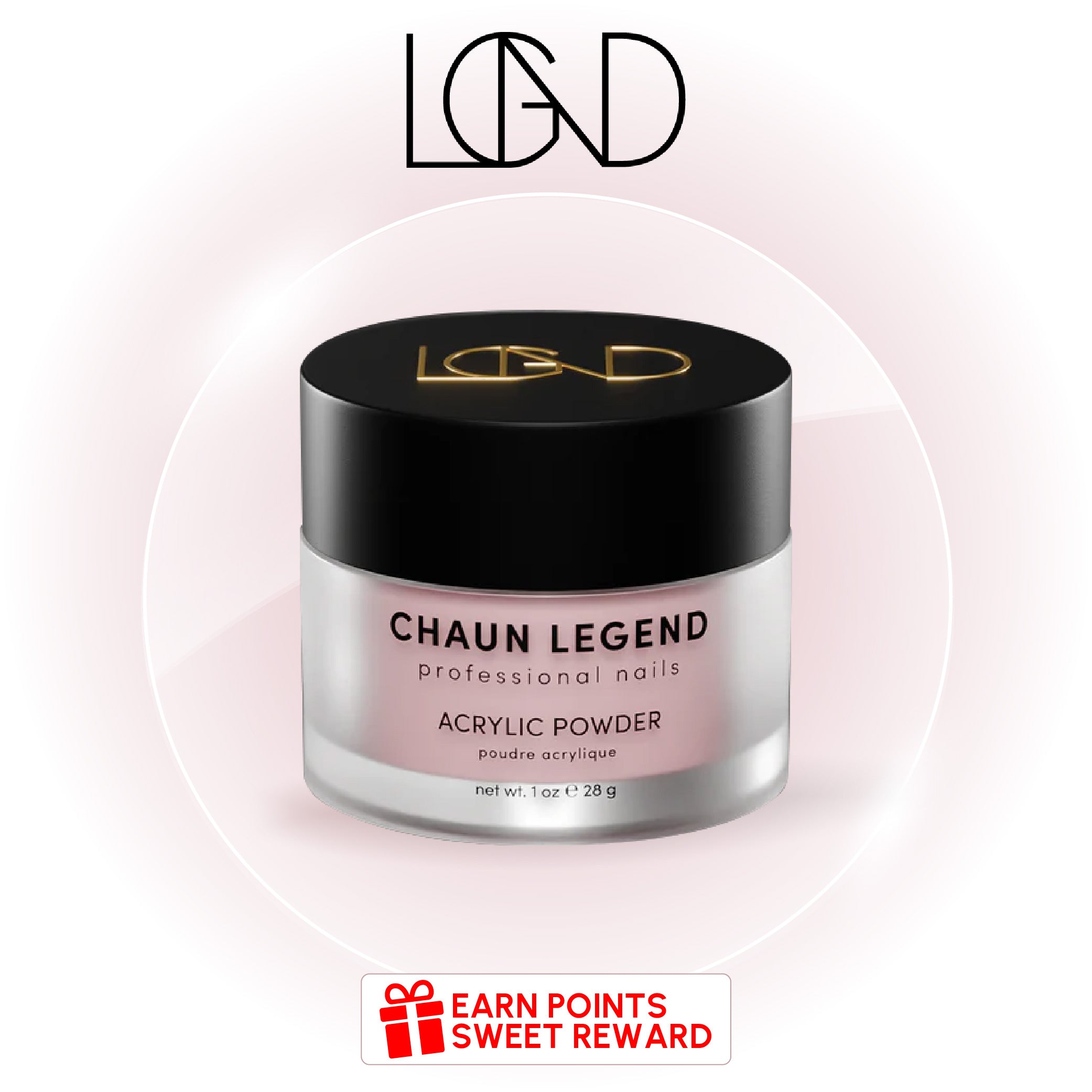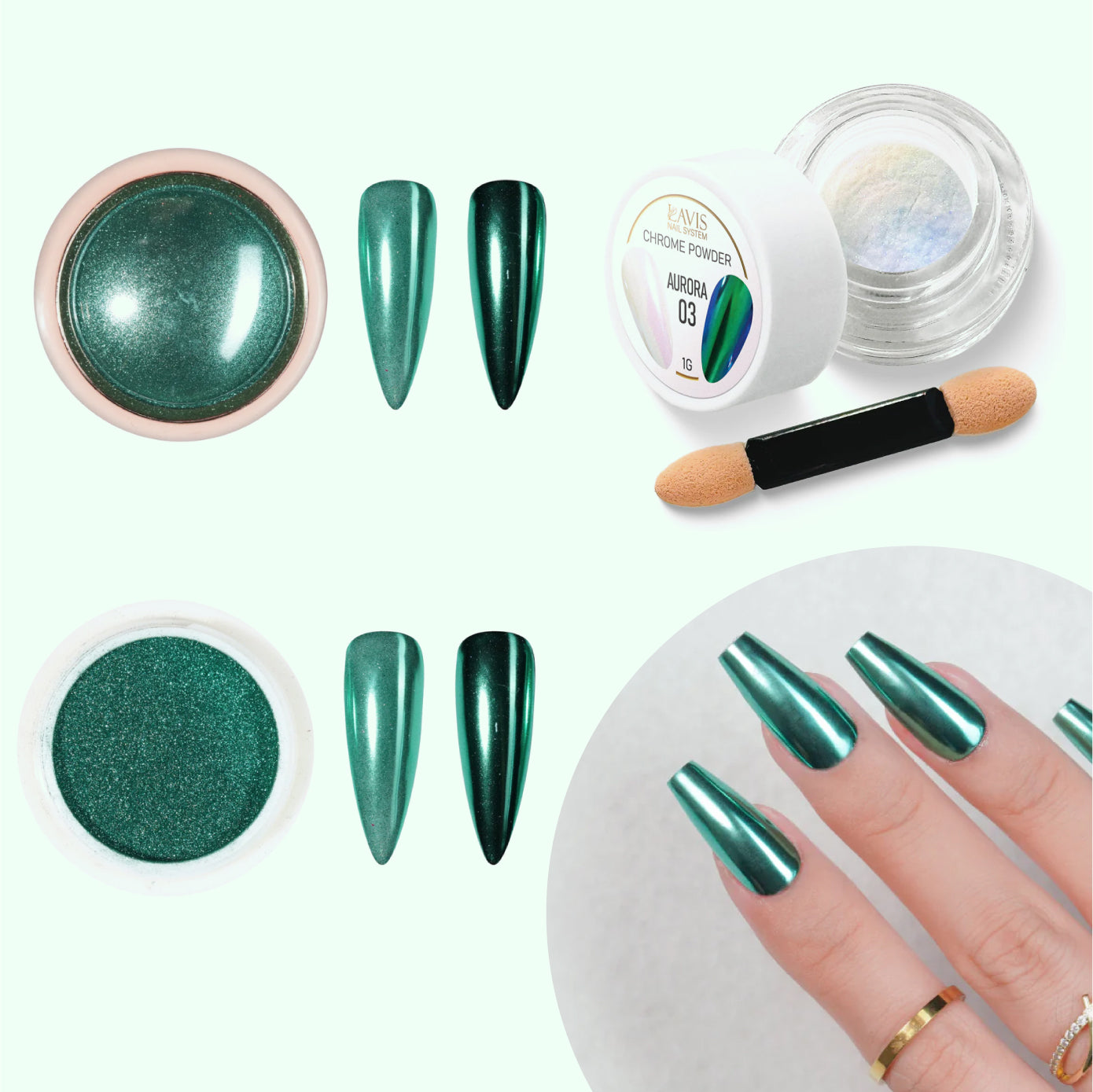They hurt! And they’re ugly. If you want to know how to get rid of ingrown fingernails, you’re in the right place. Let’s talk about what causes them, how to treat them, and how to prevent them in the future.
What Causes Ingrown Fingernails?

Ingrown fingernails are a painful condition that happens when the edge of the nail grows into the surrounding skin causing redness, swelling, and tenderness. It happens less often to fingers than it does to toes, but it still occurs.
The most common causes of ingrown fingernails are improper nail trimming, a fungal infection, an injury to the nail, or nail biting.
You may think it’s impossible to not notice if you have an ingrown fingernail, but we disagree. Just like a fingernail fungal infection, you might not notice the problem if it’s hidden by your manicure. It’s just one more reason to take good care of your nails and inspect them weekly.
Symptoms of Ingrown Fingernails
Oh, you’ll know it when you have an ingrown fingernail! You might not notice much at first, maybe just a little redness and swelling. But soon the affected area will be painful to touch, which makes everyday tasks like typing feel like torture. You may also notice that the edge of the nail is trapped under the skin.
If the ingrown fingernail worsens, the skin may feel hot and you may see a yellowish discharge. Those are warning signs that you need medical care soon.
Complications of Ingrown Fingernails

If left untreated, ingrown fingernails can cause complications such as an abscess or even a bone infection. If your finger has pus coming from it or feels hot, get medical treatment right away.
Believe it or not, when an ingrown fingernail has infected deep into the fingertip, it’s called a felon. It reaches the bone, initiating osteomyelitis. That’s when you will experience symptoms like severe pain, redness spreading from the original site down the finger, difficulty bending the joints, and a fever. That’s when it’s crucial to see a doctor as soon as possible! A visit to the emergency room would be appropriate.
Home Remedies for Ingrown Fingernails
There are a few DIY treatments that may get rid of ingrown fingernails:
- Soaking the affected finger in warm water with Epsom salt reduces swelling and eases pain. Do this for 10 minutes twice a day.
- Over-the-counter treatments like antibiotic creams may help. Apply them according to the instructions they come with.
- Wear a bandage to protect the area from further damage. Leave it a little loose.
- After soaking the finger, try lifting the nail with dental floss. You may be able to encourage it back into the proper position.
Can a nail drill help you treat an ingrown fingernail? Not exactly, but it may help you prevent ingrown fingernails in the future. If you skillfully shape nails with a nail drill, you won’t have to worry about jagged edges.
Lavis Nail Drill

It’s intimidating to use a nail drill for the first time. But just like anything else, it just requires practice to master. We love this nail drill because it’s easy to use and control. The wand is separate from the quiet brushless motor so vibrations don’t cause a problem. It runs up to 10 hours per charge.
Hold the wand at a 45° angle parallel to the surface and take your time. You’ll soon wonder how you managed to do manicures without the drill before!
Hopefully, treating the ingrown fingernail at home will make it go away. But if worse comes to worst, you’ll need to see a doctor.
Medical Treatment Options for Ingrown Fingernails
If you have neuropathy, diabetes, or problems with blood circulation, please see a doctor right away about an ingrown nail. Persons with these conditions run the risk of severe consequences if they don’t get the correct treatment.
If the ingrown fingernail persists, the doctor may need to remove the affected part of the nail or prescribe antibiotics to treat an infection.
Before they try drastic steps, they may do something as simple as inserting a medicated cotton wedge under the edge of the nail. This relieves the pain and helps the nail grow in the proper position.
If you’ve developed an abscess, a doctor may drain the pus. If it’s severe, you may need to have a wick inserted to allow drainage for the next day or so.
Nail Care Tips to Prevent Ingrown Fingernails
Here’s how to prevent ingrown fingernails. Practice good nail care. This includes trimming your nails straight across and avoiding cutting them too short. This also includes not biting them too short!
How short is too short? Leave a thin strip of white at the tips when you trim your nails. If you cut down into the skin where the nail is pink, you run the risk of having the nail grow out under the skin.
Also, pay attention to the edges. Don’t leave the nails jagged or spiky. If your clippers aren’t doing a good job, replace them. Get a manicure set that meets your needs.
When you file the nails move in one direction only, not back and forth. If you saw from side to side, you run the risk of causing split nails.
Lastly, use moisturizer and cuticle oil daily to keep your nails healthy. Hydrated skin and nails are less prone to ingrown fingernails and other problems.
24k Gold Nail & Cuticle Oil - Orange

There's nothing like the scent of freshly peeled orange to make a person feel more energetic and positive. That's why we have this delicious orange cuticle oil that's infused with real gold and hyaluronic acid. It draws in essential moisture to help the nails and skin look and feel their best.
Conclusion
We hope these tips help you get rid of ingrown fingernails right away and avoid them in the future. Once you’re all healed up, celebrate with a new manicure! Come see the latest nail trends and products on our new arrivals page. Remember, we offer free shipping on orders over $100!













